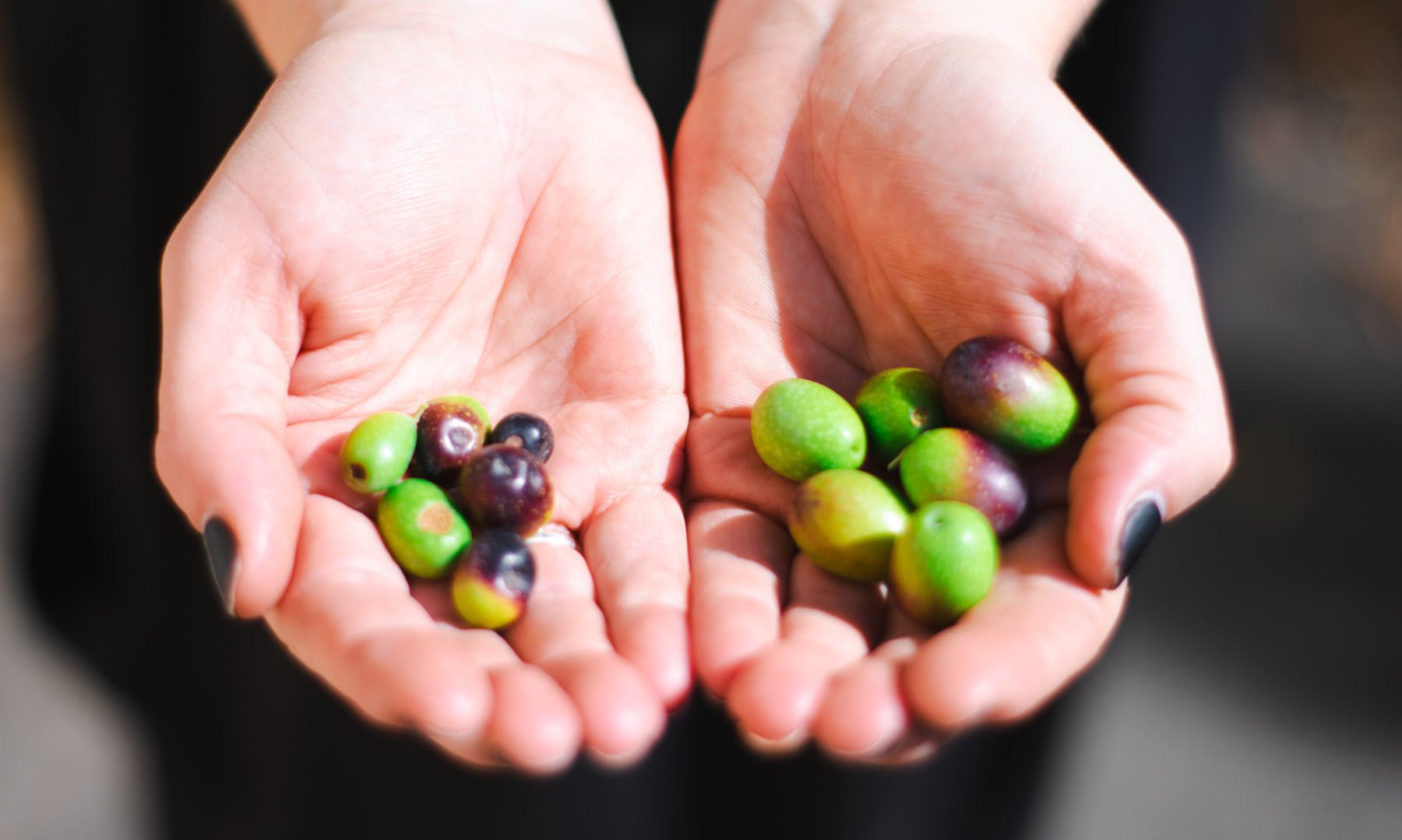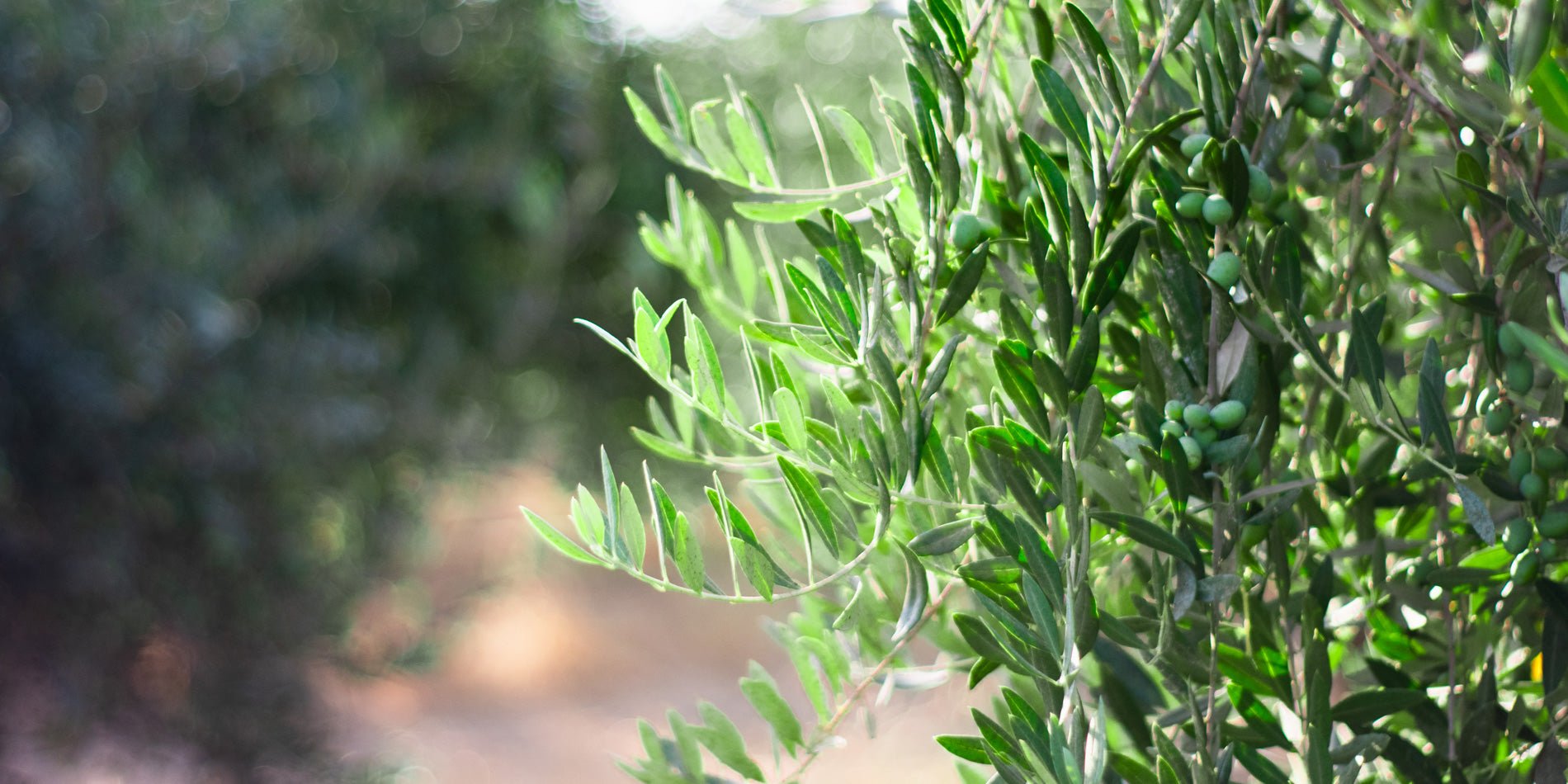Remarkable Olive Tree Growth In Late Summer: How Soil Biology And Mineral Balancing Lead To Sustainable Success
The Geese Are Flying
The other day, my dad asked me about a project in the mill. I told him I hadn’t started on it yet, but I planned to soon. “The geese are flying,” he said, and I knew exactly what he meant. Even though the summer heat is still intense, the days have started growing shorter, and in the early mornings, I even find myself feeling a bit of a chill on the air.
Summer in the orchard has been a whirlwind of fixing irrigation leaks, applying minerals to fortify our trees, managing watering schedules, and moving sheep. But when the geese start flying, we know summer is drawing to an end. For me, that’s both a relief, knowing the long hot days are ending, and a source of anxiety, because it signals that harvest season is approaching.
Soon, we’ll be in the thick of it—early mornings to get harvest started, late nights in the mill trying to get all the fruit through the mill the same day it was picked, and those especially long days when the equipment breaks down with 5 tons of fruit waiting to be processed. We like to harvest and process immediately for the freshest flavor, so when things go wrong, the clock is ticking and those days are, to put it lightly, stressful. My dad knows harvest is stressful, so his comment about the geese was his way of gently encouraging me to get on top of the projects in the mill while there's still time.
Although I sense he’s relieved not to be the one bearing all the stress during harvest, he knows that when the geese are flying, it’s time to shift our focus from the field to the mill. But this year, some unexpected changes in the field that have kept our attention in the field.

Rapid olive tree growth in late summer?
Every olive grower knows that olives experience their first flush of rapid vegetative growth in early spring, around March and April, continuing through May. By June, the trees begin to slow their new shoot growth, and by July, they’ve largely stopped growing. While we do expect to see a small amount of new growth for the rest of the year, it’s usually very minor and slow.
This year, however, seems to be the one where many of our on-farm projects are starting to pay off. We’ve established a regular program of brewing and applying a variety of biological products, from wild-harvested to lab-grown, and applied both on the leaves and in the drip; our new flock of sheep has settled in well, grazing contentedly in the orchard; and after a couple of years of trial and error, we’re finally getting the hang of using SAP analysis, which allows us to see the levels and balance of minerals in our trees. This balance is crucial, as we’ve learned how to better manage our mineral applications—though I’ll get into that more later.
What we found this year was something quite unexpected: all of our programs seem to have come together perfectly. Our trees haven’t just continued to grow, they’ve actually started putting out the kind of rapid vegetative growth in mid-August that we typically only see in early spring.
Finding the forest for the trees ?
What’s particularly remarkable about this is that our overall fertilizer application rates are significantly lower than what agronomists typically recommend. For instance, our nitrogen application rates this year are less than five percent of the amounts recomended by the agronomists—nitrogen being the nutrient most associated with vegetative growth. We attribute this largely to our work with sap analysis, a new testing method that lets us not only see mineral uptake in real time, we can also compare different parts of the tree and use that information to actually see what the trees are asking for (or have too much of.)
We've been using sap analysis for about two years now and, although the amount of information in these reports can be a bit overwhelming, we're finally starting to 😉 see the forest through the trees 😉. What we've found is that the trees are actually asking for magnesium, phosphorus, and sulfur, which are not minerals typically seen as very important, and almost never recommended for olive trees.
Long story short - the trees have been so starved for these minerals that they've robbed peter to pay paul - or taken them out of the new growing shoots to keep the fruit growing. When we realized what was happening, we were able to supplement our trees with small amounts of these minerals - about a quarter pound of each per acre - and soon after we found not only the minerals coming into balance on our sap analysis reports, we also found the trees starting to put out massive amounts of new vegetative growth!
Implications For Olive Tree Growth
The implications of this are profound. Not only are we able to reduce our fertilizer application rates overall, but by we’re also seeing new vegetative growth over a longer period of the year, even with a heavy crop load. This extended growth period allows us to reduce the alternate bearing cycle in our olive trees. Typically, with a heavy crop load, we see less vegetative growth during the season, and that growth is what sets the crop for the following year. So, being able to produce both a heavy crop this year and enough vegetative growth to set next year’s crop is extremely promising, as the alternate bearing cycle is one of the key challenges we face as growers.
More importantly, this approach results in producing extra virgin olive oil that is both more delicious and more nutrient-dense. We can only achieve this kind of vegetative growth when our trees have the mineral nutrition they need to produce olives to their full potential, with enough nutrients left over to allocate to new tissue growth. Time and time again, we’ve found that high-quality produce comes from healthy crops—crops that are nurtured with balanced, natural inputs, not those starved of nutrition or overloaded with artificial fertilizers.
Good food is grown in living soil, and living soil comes from healthy crops.






